
Filter News
Area of Research
News Type
Date
Media Contacts
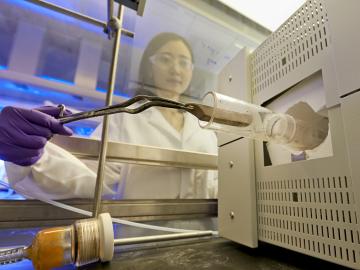
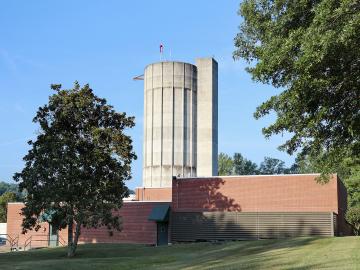

Sitting in the driver’s seat comes naturally to Ron Graves, the recently retired head of Oak Ridge National Laboratory’s sustainable transportation program. Graves has logged more than 100 days on national racetracks like Daytona, Road Atlanta, and Pocono where he routinely reache...
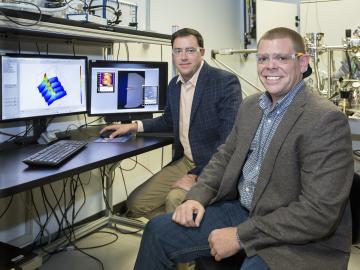

Environmental scientists can more efficiently detect genes required to convert mercury in the environment into more toxic methylmercury with molecular probes developed by researchers at the Department of Energy’s Oak Ridge National Laboratory. “We now have a quic...
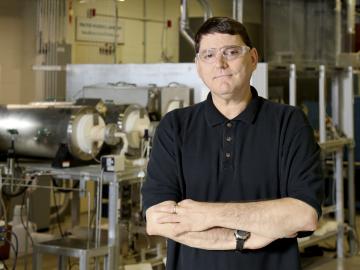
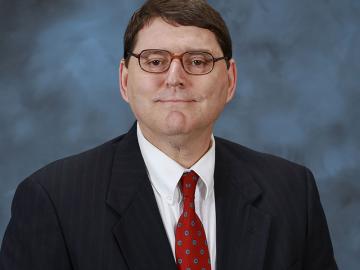
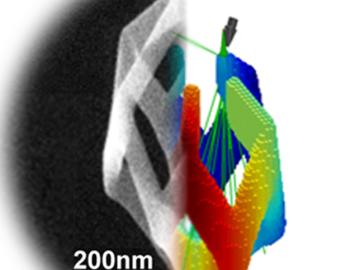
Additive manufacturing techniques featuring atomic precision could one day create materials with Legos flexibility and Terminator toughness, according to researchers at the Department of Energy’s Oak Ridge National Laboratory. In a review paper published in ACS Nano, Olga Ovchinni...
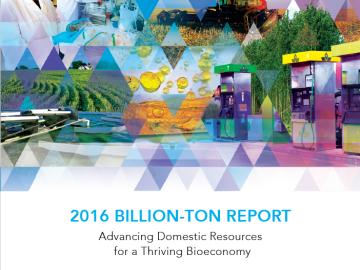
The 2016 Billion Ton Report, jointly released by the U.S. Department of Energy and Oak Ridge National Laboratory, concludes that the United States has the potential to sustainably produce at least 1 billion dry tons of nonfood biomass resources annually by 2040.
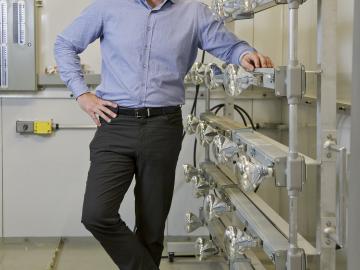
A scientist that sings opera and performs in musical theater? Sure. If you're a Renaissance Man like Simon Pallin. Pallin is a researcher in Oak Ridge National Laboratory’s Buildings Technologies Research & Integration Center. But his early interests and activities reveal a versatile person that could have chosen a number of occupations.


